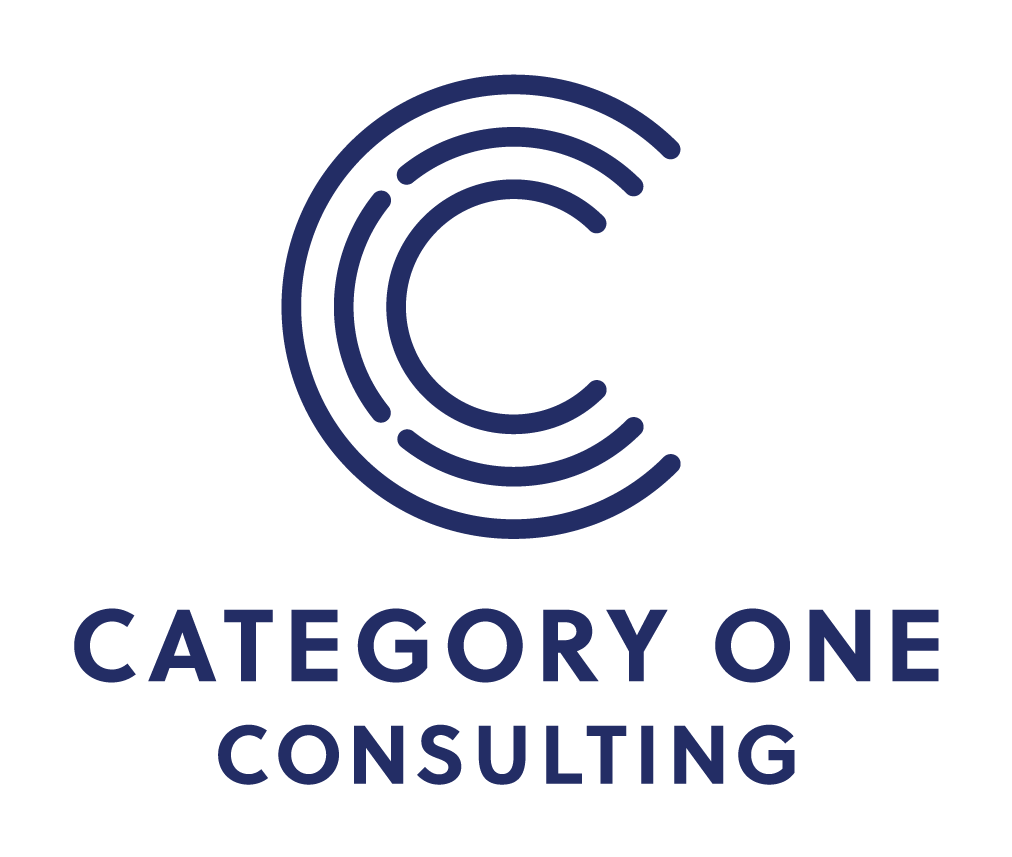Four Interview Tips to Tell Your Nonprofit’s Story
More and more, nonprofits are being called to prove the impact of their programs. We recommend that this impact be illustrated with both quantitative and qualitative data, that is, with both numbers and stories. With numbers tied to your outcomes (and the right research methodology) you can directly compare what circumstances were like for people before receiving support from your program compared to after. Gathering and sharing client stories, on the other hand, allows you to go beyond the hard numbers and demonstrate the impact your program has had on real people’s lives.
Although both quantitative and qualitative data are important for a thorough and impactful evaluation, people’s stories are often the most moving and powerful.
Although both quantitative and qualitative data are important for a thorough and impactful evaluation, people’s stories are often the most moving and powerful to potential clients, volunteers, funders, and the community. To gather the information needed to tell a rich story that walks stakeholders through the impact of your organization, one-on-one interviews will likely be required. Below, I’ve provided a few tips for those conducting those interviews with clients.
Have a standard set of questions... First, we highly recommend coming into the interview with a standard set of carefully crafted questions. Remember that how you ask the question can drastically change the quality and thoroughness of the answer you get. Simply asking clients to “tell me your story” can be quite intimidating and with no chance for preparation, you will likely only get a short, undetailed response that fails to show what has really changed for the person. Instead, you should focus on writing questions that allow the interviewee to lead you through how the program has supported them.
…But stay agile. Although it’s important to have questions prepared before coming into the interview, it is also very important to remain agile with those questions and be willing to adjust if needed. This is true because you may be talking to this individual about a vulnerable time in their life. Therefore, it’s extremely important to be perceptive and sensitive to their wellbeing. Be ready to adjust your questions if you sense they aren’t being received well or are making the person uncomfortable. Being agile with your questions also allows you to make improvements to them as you go. It can be difficult to get interview questions exactly right on the first try and you will likely see ways they can be improved or probes that can be added as you talk with people. Be willing to adjust to get the best story possible.
Ask about before, during, and after. The best stories show how things have changed for an individual since receiving support from your organization. Thus, you should use your interview questions to learn about how circumstances were for them before, during, and after receiving support. As you write your interview questions with this framework in mind, it is also important to continue to probe for specific examples about how your program has made a difference. Without the goal of capturing specific examples in mind, it can be easy to start speaking in high-level terms that end up feeling much less real and impactful.
Ask about feelings and emotions. Asking individuals how receiving supportive services from your organization has affected them emotionally can be another powerful way to show the impact it has had. Knowing the feelings and emotions the individual experienced, allows readers to empathize and more fully relate to him or her which will further increase the power of your story. To do this, after hearing about an impact your program has made try simply asking, “How did that make you feel?”
Client stories can be extremely impactful for showing and spreading the impact of your organization. They bring life to the more rigid numbers that are typically required in a program evaluation. With carefully planned and agile interview questions that allow the interviewee to lead you through their experience with your program and share their feelings and emotions, you can craft a story that will be impactful to potential clients, volunteers, funders, and the community. If you have questions or would like to discuss client storytelling further feel free to reach out!

